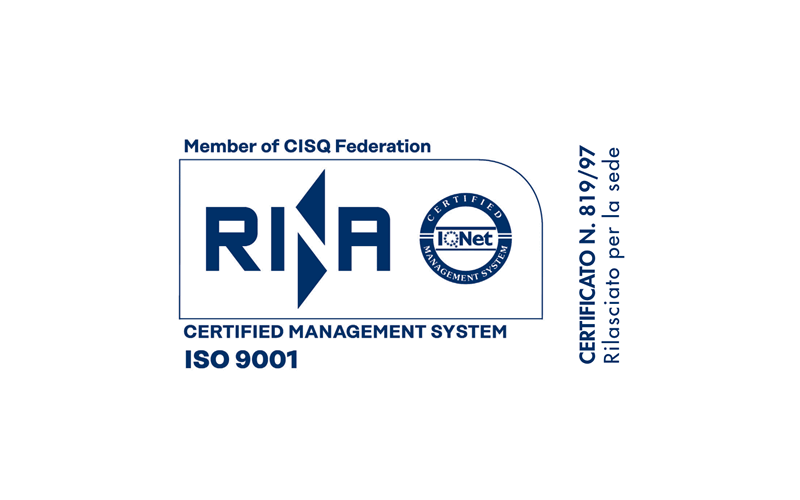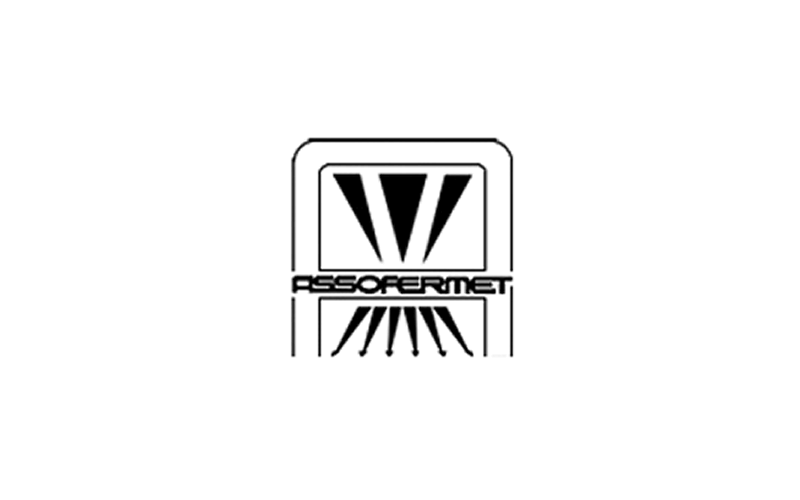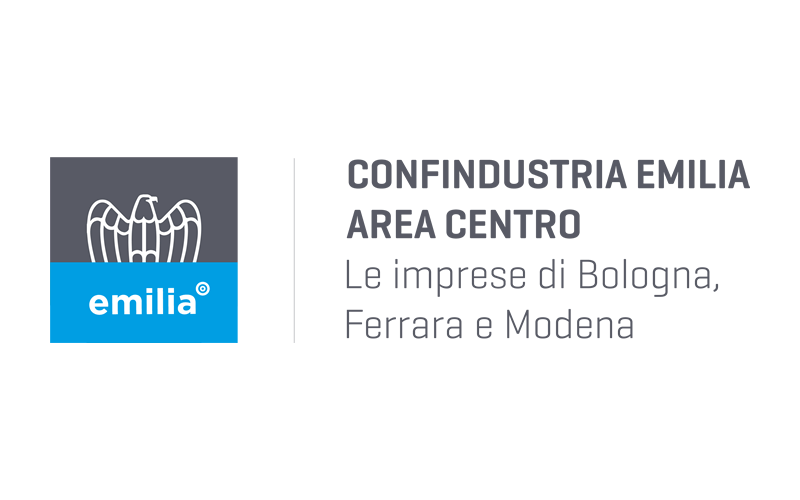Cast Iron
Cast Iron bars in continuous casting
Cast iron bars produced through the horizontal continuous casting differs from cast iron bars obtained through other castings for their absolute absence of flaws inside the bar and for the high structural compactness (for more info of the production method, see technical catalogue).
Readily available in different sizes and sections, these characteristics make cast iron bars produced in continuous casting particularly ideal for the construction of oleodynamic and mechanical components.
This method presents many advantages compared to regular sand casting such as:
- Complete absence of retreat due to a poor supply of material during the cooling phase, as the supply from the furnace of liquid cast iron is steady even during the cooling phase.
- Complete absence of porosity from gas or slag, as these flaws, if occasionally present, are concentrated on the surface and eventually removed as well as the machining allowance.
- High structural compactness, thanks to a forced cooling process and high ironstatic pressure of liquid metal on the bar in the furnace
- High stability, thanks to the fact that during the casting process, the exterior is cooled down rapidly, while the heat of the liquid core performs a thermal stabilisation treatment and annealing of the exterior, removing almost completely the internal tensions of the bar
- Very short delivery times, as this is standard material usually ready in stock.

Types of cast iron and technical features:
Cast iron is by definition a Iron-carbon alloy in which the carbon content exceeds 2.1 %. The carbon in cast iron solidifies in the form of graphite, which can be in Lamellar or Spheroidal form.
These two forms of carbon solidification determine the two main families of cast iron, Lamellar Cast Iron and Spheroidal Cast Iron, both subdivided into two sub-groups, depending on the ferrous matrix of the alloy: Ferritic Cast Iron and Perlitic Cast Iron, with very different characteristics.
Cast iron in bars produced in continuous casting is normally available in:
- Spheroidal cast iron EN-GJS in various types (EN-GJS.400-14C fully ferritic; EN-GJS.400-7C ferritic-perlitic; EN-GJS-500-7C ferritic-perlitic; EN-GJS.600-3C pearlitic and other types on specific request).
- Lamellar cast iron EN-GJL in various types (EN-GJL.250-C pearlitic-ferritic, EN-GJL.300-C predominantly pearlitic and other types on specific request)
- G.M.I.’ lamellar cast iron (Glass Mold Iron) with fully ferritic structure.
Commerciale Fond has a well-stocked warehouse at all its locations to guarantee prompt delivery of cast iron bars with cross-sections:
- Round from Ø30mm. to Ø630mm.
- Square from 40 x 40 mm. to 500 x 500 mm.
- Rectangular from 45 x 25mm. to 730 x 95mm. or 610 x 410mm. and other sections.
- Special sections, such as ½ round, 3-lobe section or others specially made to customer request.
In addition to the maximum dimensions indicated above, cast iron bars can be produced using the shell casting method, which enables the production of round cast iron blocks up to Ø 1’200mm and rectangles up to 1’000 x 700 x 1’500mm, thanks to the rapid cooling of the metal, whether lamellar (EN-GJL) and spheroidal (EN-GJS).
This material is always supplied with a rough external surface, either by milling or turning. The standard length of cast iron bars is 3’000mm (-0/+200mm.) which is reduced to 1’880/2’000mm for large material and ½ round bars, while shell cast iron bars usually have a length of 1’000mm.
All cast iron in bars can be supplied cut to size or rough-cut by milling on 4 sides or by peeling the round section bars (see technical catalogue section ‘Services’) All cast iron in bars marketed by Commerciale Fond, is produced by foundries with a certified ‘Quality System’ conforming to UNI EN ISO 9001-2008 and with a certified ‘Environmental Management System’ conforming to UNI EN ISO 14001.




